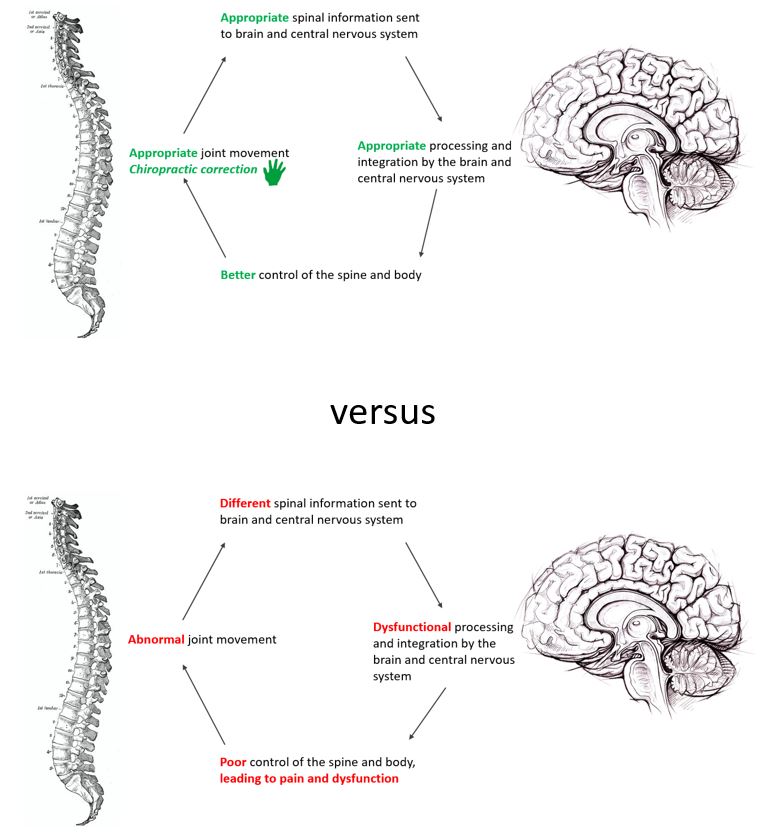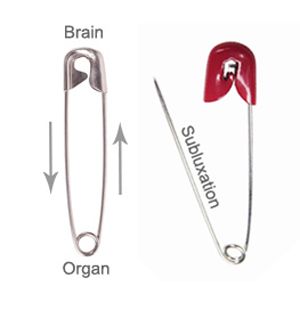As we hit the home stretch of 2017, we often end up racing the calendar to complete those last office tasks before we scamper off for the break. As we tidy up our remaining projects for the year and prepare our workplaces and homes for our absence over the holidays, we may push our bodies to cope with extra stress both physically and mentally. If we’re getting just a little less sleep, skipping just a few meals, or our stress levels are heightened because we’re under pressure, it’s easy to miss the signals from our body that it’s reached its capacity to cope.
The brain is the control centre for our body, so we need it working at its best around these peak times when our workload may be heavier. The brain tells areas of our body such as the immune system where to send resources so that our health withstands any extra pressure placed on it. The brain controls our sleeping patterns, digestion, and hormone production to help us utilise our time either at work or at rest optimally for our body. But if the brain and body don’t have clear lines of communication (which can happen with a Neurostructural shift or subluxation – see image), the brain can miss some of the body’s important needs. They end up not working together cohesively and ultimately the body misses out.
Regular chiropractic care has been shown to have a positive effect on how your brain understands your body, which enables it to provide better support when your body is under pressure or stress. As we’re approaching our end-of-year deadlines we want to be directing our energy towards extra focus, concentration, and a bit of pushing through those final hurdles, with the help and support of a well-functioning frame along the way. Keeping chiropractic care in your routine over these next few months (or adding it in if it’s not there already) can optimise your brain’s understanding of what is going on in your body so that your body can better communicate what it needs. These effects are not just localised to reducing joint and muscle stiffness or decreasing pain, but even more widespread to organ and immune systems. By reducing abnormal movement in the spine through chiropractic adjustments, we can give better support to physical functions such as sleep, digestion, sensory processing, focus, [1] and increased resilience or tolerance to strain [2].
 At this time of year when we may be under more strain than usual, there is always that little bit more we can do to look after our bodies. Here at Precision we encourage proper nutritional support along with regular chiropractic care to ensure the body isn’t being depleted of its energy and efficiency over time. As days start getting warmer don’t forget to hydrate – approx 30 ml per kg of body weight. When the body and brain don’t get enough water it slows things down and we can experience everything from worsened digestion to fatigue to ‘brain fog’. We also carry a range of practitioner-only supplements in our office which we’re happy to discuss with you at your next appointment, or we can refer you on to healthcare providers who specialise in holistic nutrition.
When you’re focused on tasks and deadlines (and perhaps pushing yourself harder than usual) it’s critical for your body to be working not only reliably, but at its best. We know from experience that chiropractic care is one of the best ways to keep your brain and body naturally supported on a regular basis. If you would like to know more about how we can fit chiropractic care into your end-of-year routine, come and see us for a Complimentary Chat or give us a call.
At this time of year when we may be under more strain than usual, there is always that little bit more we can do to look after our bodies. Here at Precision we encourage proper nutritional support along with regular chiropractic care to ensure the body isn’t being depleted of its energy and efficiency over time. As days start getting warmer don’t forget to hydrate – approx 30 ml per kg of body weight. When the body and brain don’t get enough water it slows things down and we can experience everything from worsened digestion to fatigue to ‘brain fog’. We also carry a range of practitioner-only supplements in our office which we’re happy to discuss with you at your next appointment, or we can refer you on to healthcare providers who specialise in holistic nutrition.
When you’re focused on tasks and deadlines (and perhaps pushing yourself harder than usual) it’s critical for your body to be working not only reliably, but at its best. We know from experience that chiropractic care is one of the best ways to keep your brain and body naturally supported on a regular basis. If you would like to know more about how we can fit chiropractic care into your end-of-year routine, come and see us for a Complimentary Chat or give us a call.

The hypothesised effects of adjusting subluxated spinal segments to restore proper brain and central nervous system function compared to spinal dysfunction and the wider consequences for the body. Haavik, H. (2014). The Reality Check: A quest to understand Chiropractic from the inside out.
- Lelic, Niazi, Holt et al., (2016). “Manipulation of Dysfunctional Spinal Joints Affects Sensorimotor Integration in the Prefrontal Cortex: A Brain Source Localization Study,” Neural Plasticity, vol. 2016, Article ID 3704964, 9 pages, 2016. doi:10.1155/2016/3704964
- Budgell, Brian et al., (2006). The Effects of Thoracic Manipulation on Heart Rate Variability: A Controlled Crossover Trial. Journal of Manipulative & Physiological Therapeutics, 29(8), pp 603 – 610


0 Comments